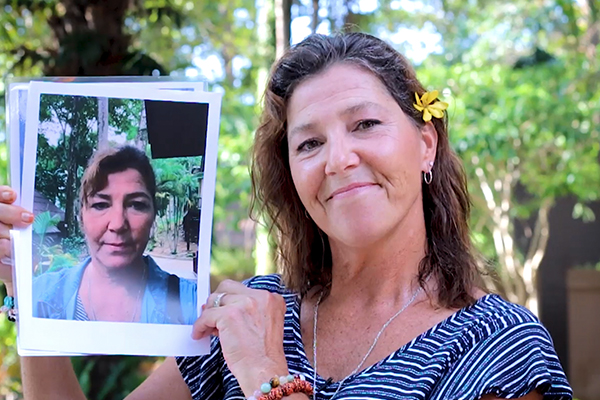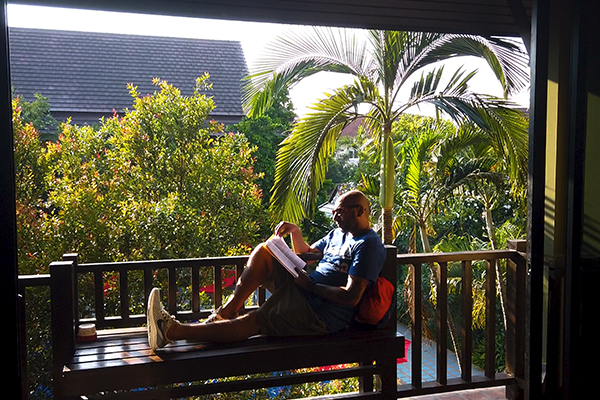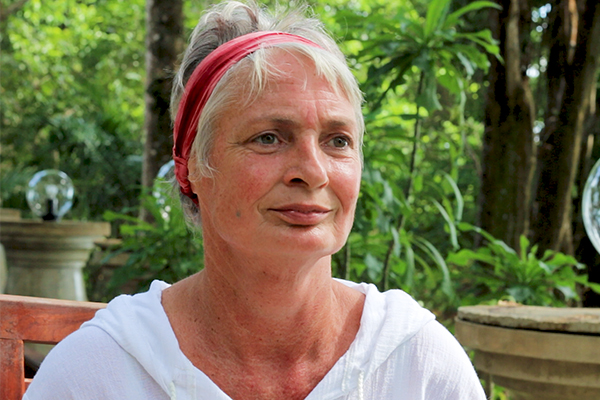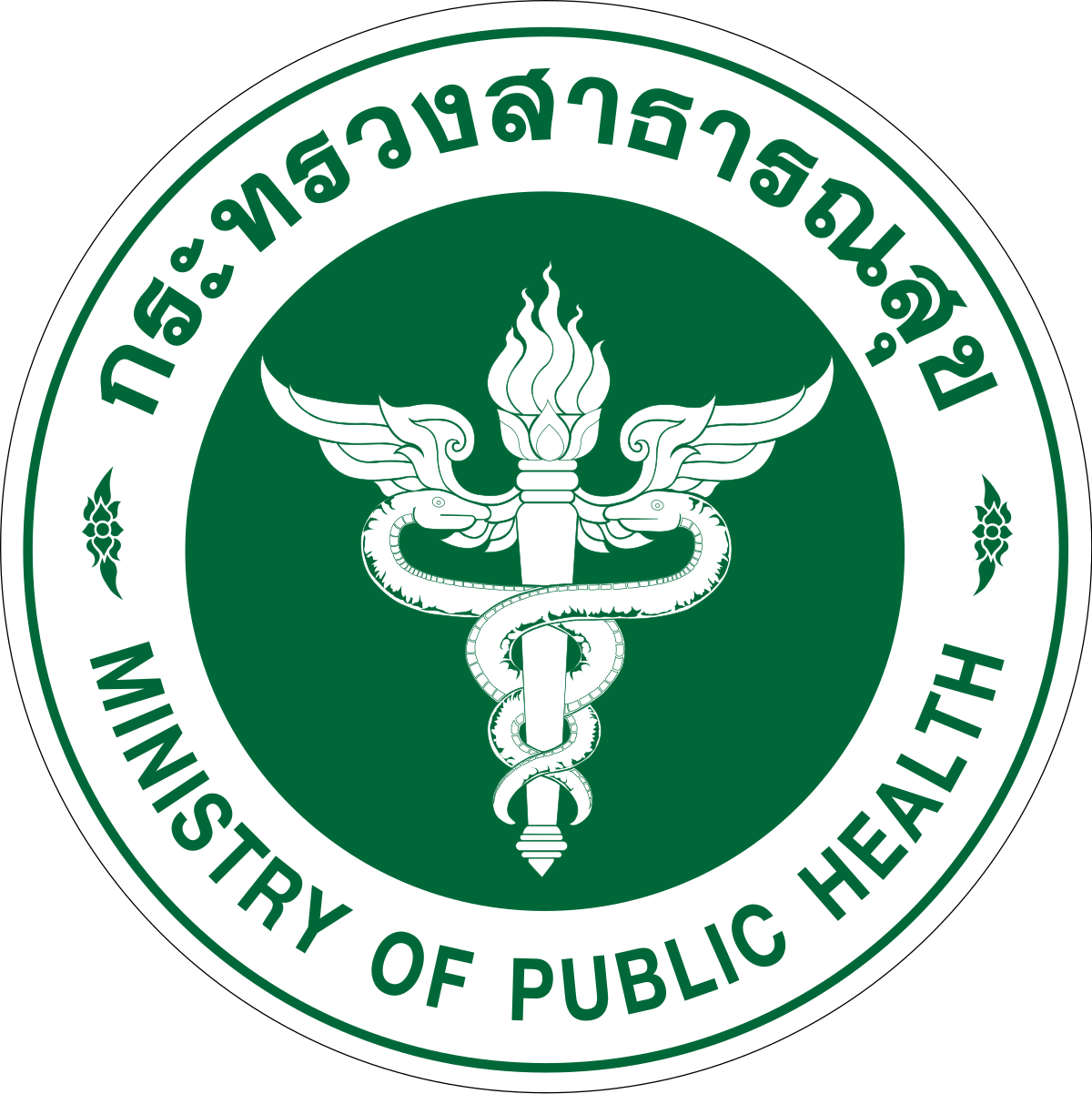Today meditation is a common term often associated with health skills such as stress management, and assists in the healing process of a number of illness conditions, other commonly known side benefits are improved self-awareness, anxiety reduction, autoimmune stimulation, and increased feelings of Well-being. It has been adapted for use in sports training and can increase our awareness levels. It has also formed part of a comprehensive therapeutic program to assist drug rehabilitation as a complementary healing process.
It has its’ place in such programs because not only is it a method used for accessing that part of us that knows how to heal, but the different elements of the meditation process can stand alone and be co-opted to address various levels of behaviour change and healing needs. For example, a simple body awareness and muscle tensing and relaxation process can address sleeping concerns; mindfulness techniques to address thought management and some avoidance behaviours and various breathing techniques to alter the biochemistry of feeling states. Meditation is also an educative and healing method when adapted appropriately, it works to support and enhance all other therapeutic modalities.
Therapeutic Meditation here is defined as an umbrella term that covers a range of affiliated disciplines. It integrates deep relaxation, concentration, focused breathing, self-talk, visualizations of symbols, shapes, colours, and sounds. It can be included into various energy healing methods that involve directing specific energy flow patterns through a persons’ body, the most commonly known are Massage, Acupressure, Acupuncture and Reiki.
Working with meditation is based upon a world view that there is more to life than the physical side. That we have an energetic and spiritual element to our being and our physical bodies have a subtle structure integrated into it. This energy field is as complex and multifunctioning as our physical body with all its organ systems and subsystems. When each step in the meditation procedure is integrated into a specific sequence of symbols, shapes, colours and mandalas, damage done to these subtle structures can be repaired and the body is stimulated to heal.
A person with a drug history is viewed as being on a learning journey and in existential crisis. Such specific meditation procedures address the damage done by drug abuse and is a successful option for a large range of people, from the highly experienced meditator, the person familiar with all rehabilitation processes and counselling strategies, to the recreational user. It is important to remember that even using a drug once does damage to these structures and healing must occur at all levels of the subtle structures, not only the physical, psychological, social, and environmental ones.
Meditation accesses that inner healing resource in all people, yet often goes unrecognized. Because meditation uses the language of the intuition and the unconscious, the deeper and avoided areas of required healing can be accessed. When using drugs, almost all experiences and awareness of altered states accessed are distortions of true insight. An analogy of what drug abuse does may be helpful. If we compare the person’s physical and energetic being to a house, drug use damages the rooms, smashes windows, punches holes through walls, rips off parts of the roof and flooring.
But as with all other healing methods used in this field of work, it cannot stand-alone and is not designed to replace other treatments. It must be used in conjunction with other specialist therapies, especially counselling, re-education in life-skills, anger management, communication skills, relationship maintenance, and in an ideal world, family therapy and environmental change.
Recovery and rehabilitation is dependent upon many factors, but knowing how to meditate is not a prerequisite for this method to work. Some of the greatest sceptics that have felt drawn to this therapy have had profound healing experiences.
Choice is a crucial factor in the effectiveness of any methods success, but in my 40 years of experience belief is usually not. All healing works toward repairing and integrating the emotional, mental, physical and spiritual aspects of the person, and meditation works from the inside of the self to the outside. Integrated into the process is self-esteem building and self-responsibility.
It must be stressed that meditation as a healing procedure is very different to what is normally understood when training to learn meditation as a skill, because the context and intention of each step is different and because each step has very focused healing intentions for specific outcomes related to healing addictions. Every experience during the meditation has positive value both for the person as self-learning, and for the meditation guide as information to the extent and severity of the damage done and indicates other potential areas of healing needs.
If you are worried that you have a problem with addiction and would like further information on how rehab can help you, please visit here.
Latest posts by Darren Lockie (see all)
- Cocaine burnout - February 25, 2020
- What is pathological lying? - February 21, 2020
- Ireland’s growing drug problem - January 20, 2020
+66 8 7140 7788









